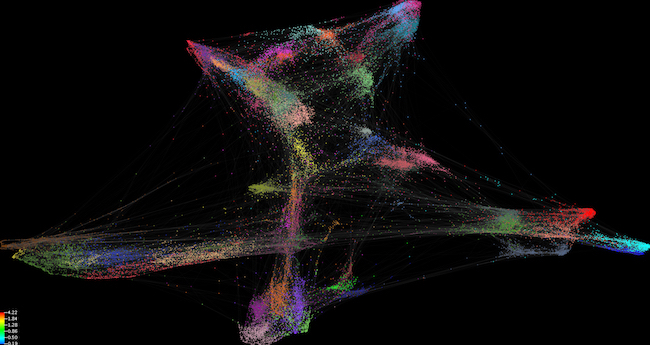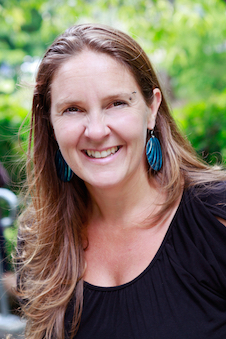 Wednesday 20 March 2019 9:45am
Wednesday 20 March 2019 9:45am
This high-dimensional analysis reveals the T cell signature in people with bowel cancer. The new analysis groups cells together so all cells can be viewed at once. In the past cells would be considered individually to work out what they were doing.
University of Otago scientists have discovered a way to view the immune cell 'landscape' of bowel cancer tumours, paving the way towards more individualised medicine and treatment for many other diseases in future.
In a paper recently published and featuring on the cover of the Journal of Immunology, the scientists have shown the incredible diversity of immune cells that are inside a colorectal tumour. Immune cells are known to protect against cancer growth and this work provides new information on the types of cells present and how they might be beneficial for the patient.

Associate Professor Roslyn Kemp.
Lead researcher Associate Professor Roslyn Kemp explains they are using a new technology called high-dimensional mass cytometry to identify cells in the tumours of people with bowel cancer.
“It can be thought of as taking a higher resolution 'photo' of the inside of the tumour. The photo may reveal new types of cells that may or may not be targetable by drugs, or reveal different composition of immune cell populations in individuals that could be used to predict the course of the disease.”
Associate Professor Kemp says results of their study have shown there is huge diversity in the type of immune cells that infiltrate the tumour, which means that any one, or more likely a combination of many immune cells, could have an effect on patient outcomes.
The technique could be used to study a number of different diseases, she says.
“It demonstrates the use of a new technology to study the immune response in much more detail than other methods currently used, providing new types of information for patients,” Associate Professor Kemp explains.
“It is a step towards personalised medicine, sometimes referred to as precision medicine, since each patient's tumour could be looked at with this amount of detail.”
The next step is to carry out a similar study with a slightly different technique to further investigate where all the cells are in the tumour and how that might affect cell function and relationships between types of cells and patient data like stage of disease and patient survival.
The research is supported by the Cancer Research Trust, Lotteries Health Research, the University's School of Biomedical Sciences with Associate Professor Kemp supported by the NZSO Roche Translational Cancer Research Fellowship.
For further information, contact
Associate Professor Roslyn Kemp
Department of Microbiology and Immunology
Email roslyn.kemp@otago.ac.nz
Liane Topham-Kindley
Senior Communications Adviser
Tel +64 3 479 9065
Mob +64 21 279 9065
Email liane.topham-kindley@otago.ac.nz
FIND an Otago Expert
Use our Media Expertise Database to find an Otago researcher for media comment.